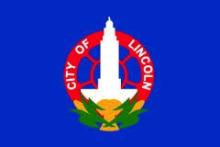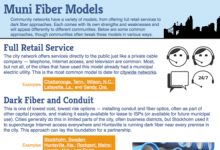Anacortes Hosts Potential Partners in Washington
Anacortes, Washington, has been working toward a publicly owned fiber optic network for several years. They’re now at a point in development when potential partners are visiting the community to present proposals for collaboration. There are still details to decide, but Anacortes is well on its way to fast, affordable, reliable connectivity to the entire community.
Building On The Water
Anacortes wanted better connectivity between water treatment plants and pumping stations, which were previously communicating via radio. Nonprofit Northwest Open Access Network (NoaNet) began working with Anacortes in 2016 to help them design the network to meet the needs of the water utility. As part of preparation for the new infrastructure, Anacortes decided last year to take advantage of existing water pipes as conduit, adopting a new approach in the U.S.
The fiber system for the utility communications will serve as the basis for the citywide network. Anacortes has already deployed a fiber optic backbone in the eastern half of the city by aerial and underground means and plans to continue to the western half this year.
Last fall, community leaders reached out to residents and businesses to find out their needs for better connectivity and to gauge interest in a publicly owned network. They asked the community to complete a survey. Respondents indicated that speed, reliability, and price are major concerns for them.
Frontier DSL, Comcast, and Wave Cable now offer Internet access in the community of 16,800, but the community wants to prepare for the future and know that they need fiber optic connectivity in Anacortes for economic development.









